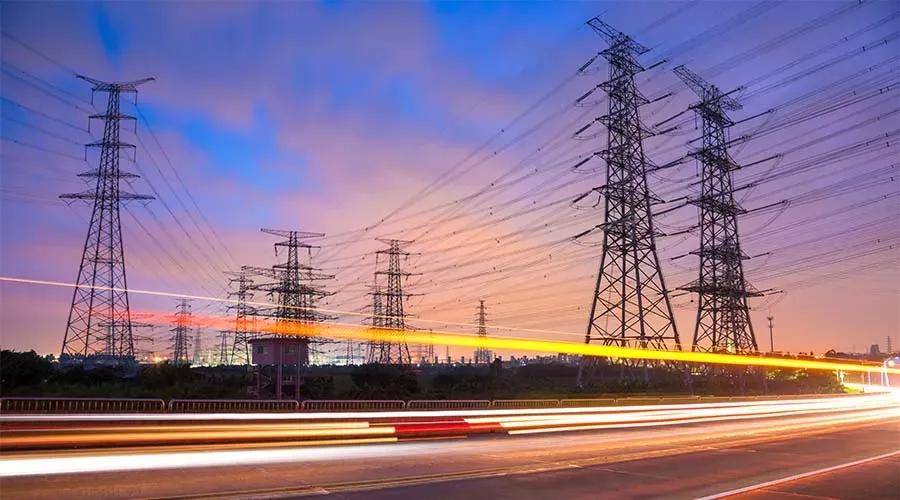Implementing Vehicle-to-Grid (V2G) technology sounds straightforward - but it's anything but simple. It starts with the vehicle and the right charging station.
When it comes to intelligent, forward-looking, and stable energy supply, Vehicle-to-Grid (V2G) plays a crucial role. This technology utilizes electric vehicle batteries as both mobile power plants and storage units. While it may sound simple, the implementation is far from trivial. It begins with the vehicle and the appropriate charging station, requires standardized communication protocols among all stakeholders, and is bounded by legal frameworks.
The Potential of Vehicle-to-Grid
The current energy crisis highlights the high costs and dependencies associated with fossil fuels. Renewable energies, on the other hand, are not only more sustainable but also more cost-effective. The German government's goal is for renewables to cover 80% of the country's electricity needs by 2030. The challenge lies in the variability of wind and solar power.
A smart grid that stores energy and releases it when needed is key to ensuring a stable energy supply and achieving climate goals cost-effectively. Flexible storage systems are an essential part of this smart grid. The best part: millions of electric vehicles already on German roads can serve as these storage units.
However, this potential often goes untapped, especially when cars are parked and not in use. Numerous studies, including those by the Fraunhofer Institute (2021), the Climate Neutrality Foundation, and Agora Energiewende (2021), agree: the future of energy supply includes Vehicle-to-Grid. According to the study "Climate-Neutral Power System 2035" by Agora Energiewende, if 25% of electric cars utilize V2G by 2035, and 40% of those are available to the electricity market, the usable capacity would be 28 gigawatts. Even though this capacity is only available for short periods, V2G reduces the need for small home battery systems and large-scale battery storage, contributing to the efficient use of renewable energy and resources.
Real-World V2G Projects
We've already demonstrated that Vehicle-to-Grid works. In 2018, in Hagen, a Nissan Leaf was prequalified as a large power plant according to transmission system operator guidelines (ENTSO-E, Amprion) and approved for primary control reserve (PCR). The owner benefited as well: the Nissan Leaf earned about €20 per week by participating in the PCR market with a maximum output of just eight kilowatts.
Another example is the "Smart Fossil Free Island" project on Porto Santo (Madeira), where The Mobility House, Renault, and the energy provider Empresa de Electricidade da Madeira S.A (EEM) aimed to make the island's energy supply CO₂-free. The Mobility House developed the intelligent software EV Aggregation Platform to optimize the interaction between conventional electric cars, stationary second-life battery storage, and bidirectional electric vehicles (V2G) that feed energy back into the grid...
Implementing V2G
Now it's up to lawmakers to establish the necessary framework to make V2G a reality. Without clearly defined regulations, all stakeholders remain uncertain. But how clear are the guidelines in Germany, and how do they compare to other countries? How does the legislator classify electric vehicle batteries within the smart grid under the Renewable Energy Act 2023 (EEG) and the Energy Surcharge Act (EnUG)? An overview of relevant countries' regulations and technical requirements also addresses whether it's more sensible to place the technology needed for bidirectional charging in the car or the wallbox.
What Should the Wallbox Be Capable Of?
The question of whether bidirectional charging should be implemented using AC or DC is now driven more by practical and technical considerations than by ideology. While DC wallboxes were once seen as the clear favorite, the landscape has shifted—thanks in part to technical standards and political developments.
So, what has changed?
- Since 2024, ISO 15118-20 has been widely rolled out and supports both AC- and DC-based bidirectional charging.
- An increasing number of electric vehicles now come with built-in support for AC V2G—including intelligent communication with the power grid.
- Some manufacturers (e.g., Renault, Hyundai) are now deliberately focusing on AC V2G using vehicle-based intelligence, especially as the EU works toward harmonizing grid regulations - undermining one of the main arguments for DC wallboxes.
A long-discussed issue has now been resolved: since April 2022, the CCS connector and its underlying communication protocol are designed for bidirectional charging, similar to the Japanese CHAdeMO variant since 2011. The new standard can be updated over-the-air in some vehicles. However, it will take time before all components communicate and function seamlessly.
